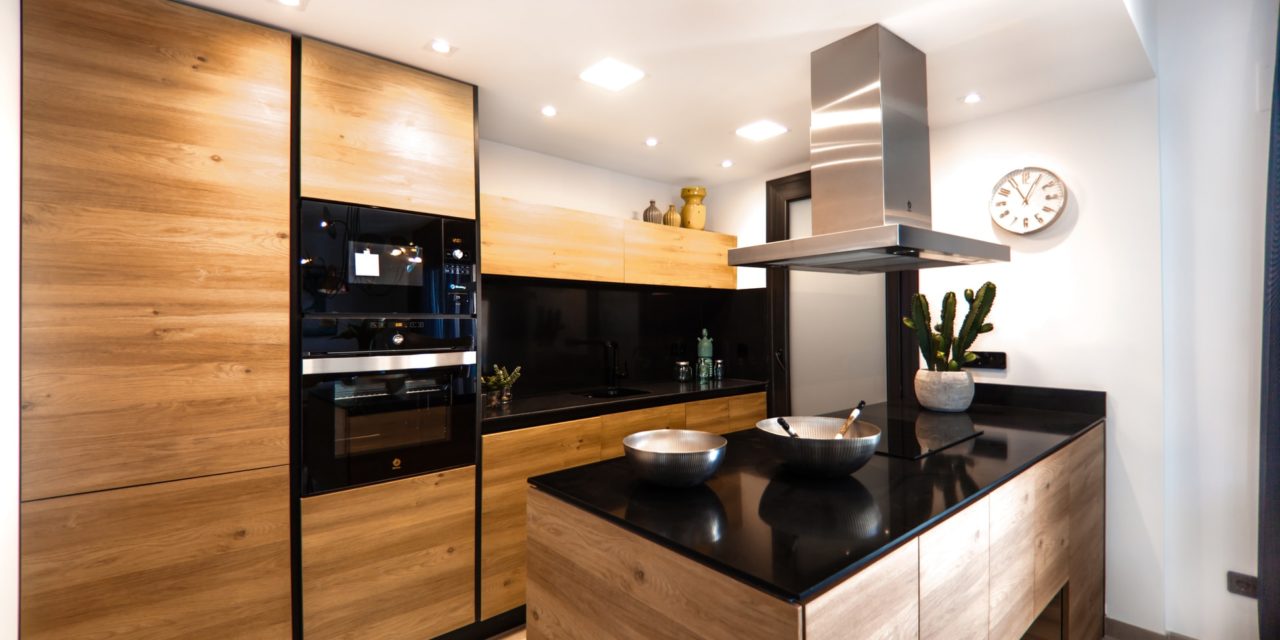[ad_1]
Water filtration systems are a practical solution to eliminate chlorine, fluoride, parasites, or bacteria in the home's tap water. The clean, healthy water can help to lower the risk of gastrointestinal disease, as well as certain types of cancer, including bladder, colon and rectal. Instant access to drinking water also means fewer trips to the store to buy the bottled water which is certain to be quite inconvenient and costly over the long-term.
Here are four popular types of water filtration systems:
Pitcher water filters
A popular and cost-effective option is the pitcher water filters. The filtration process takes place in the pitcher and relies on granulated activated charcoal to help eliminate certain contaminants. This pitcher is most practical in high chlorine areas. It can help to improve the taste of the water, but isn't the right choice to remove fluoride, heavy metals, herbicides, or pesticides.
Distillation
The distilled water systems rely on a process of boiling the water and transferring the steam to a second chamber which lets the vapor turn back to virtually contaminant free water. It is a quite involved mechanism, but is very effective at removing fluoride and heavy metals from the tap water. Plus, it will also kill bacteria in the water. In addition to the harmful contaminants, this system can also remove the healthful minerals from the water. Also, it isn't the easiest system to install at home and usually requires professional assistance.
Water softeners
The water softener is a practical addition to the home for those that live in areas with issues related to hardness of the water. This system makes use of potassium or sodium ions to replace the magnesium and calcium ions that create the hardness and already in the water.
Reverse osmosis
The reverse osmosis systems are one of the most popular choices to install in the home. A major difference with the different models is the number of steps involved in purifying the water. The high-end system are built to complete 5 or 6 different steps, and may including carbon filters, micron filters, semi-permeable membrane, and even using ultra-violet light to destroy the most resistant bacteria.
Once installed, the reverse osmosis systems are really easy to use and often have a special faucet at the kitchen sink to extract the clean water. The running cost is quite affordable with a need to replace the filter every 6 to 12 months.
[ad_2]
Source by Leo Eigenberg


